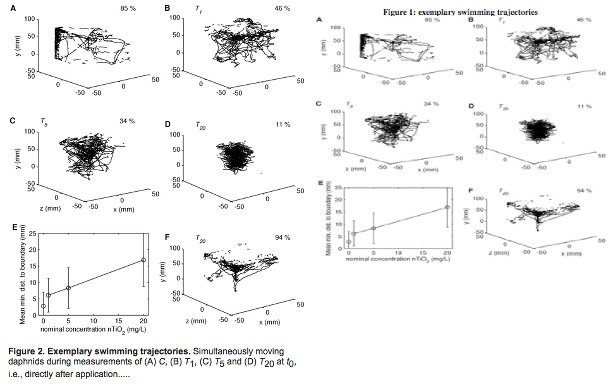Ralf Schulz and Christian Noss comment on plagiarism in an ever growing publication business.
Plagiarism is a topic which received quite some attention over the last decade in Germany. A number of politicians have been faced with allegations of plagiarism related to their PhD theses, of which some had been published already many years ago. Even high-ranking politicians have given up their public positions over these allegations. The number of web blogs aiming at identifying and quantifying text passages in prominent persons’ theses grew like mushrooms in a forest soil after rainfall. A group of pharmacologists from India now chose a rather straightforward way of plagiarism: they simply copied an existing and already published article and published it again under their names in another journal without even mentioning the original study!
“What? How does this story go?” In 2013, a group of scientists from the Institute for Environmental Sciences in Landau published in PlosONE an article on a video tracking system for the detection of nanoparticle effects on water fleas, a pet species in aquatic ecotoxicology (find the article here). Some weeks ago, we have been made aware by a colleague from Brazil, who also works on nanotoxicology-related questions, that there is another paper published in 2014 by Indian scientists in the International Journal of Pharmacological Research (IJPR), which appears pretty similar to the PlosOne paper. A closer look at this newer paper unveiled the unbelievable: The IJPR paper not only had the identical title with just the term ”Case study: …“ added to it, the body of the paper was also more or less identical with just few words here and there altered or repositioned. Even one figure was simply copied as a bad-quality screen shot from the 2013 PlosOne into the 2014 IJPR paper!
This literally left us speechless, until we were able to contact the first author of the IJPR paper, who interestingly has the same name as the Editor-in-chief of that journal, and requested from him to immediately retract the article and delete the article pdf from the journals web page. This exercise, however, triggered not much action apart from a ”Sorry for the inconvenience“. Further requests were similarly unsuccessful and only pressure via political representatives from India in Germany finally got things going. After almost three weeks, this serious case of plagiarism and violation of copyright now disappeared from the IJPR webpage! This is hopefully no early warning of a new era of ignorance of fundamental science ethics standards in a global publication business which is about to reach increasingly unhealthy levels of size and complexity!

A rather sad example of the “Who finds the three differences? – game”: Left the original Figure 2 from the 2013 PlosOne paper and right the copy which appeared as Figure 1 in the now-retracted 2014 IJPR paper published by entirely different authors.
